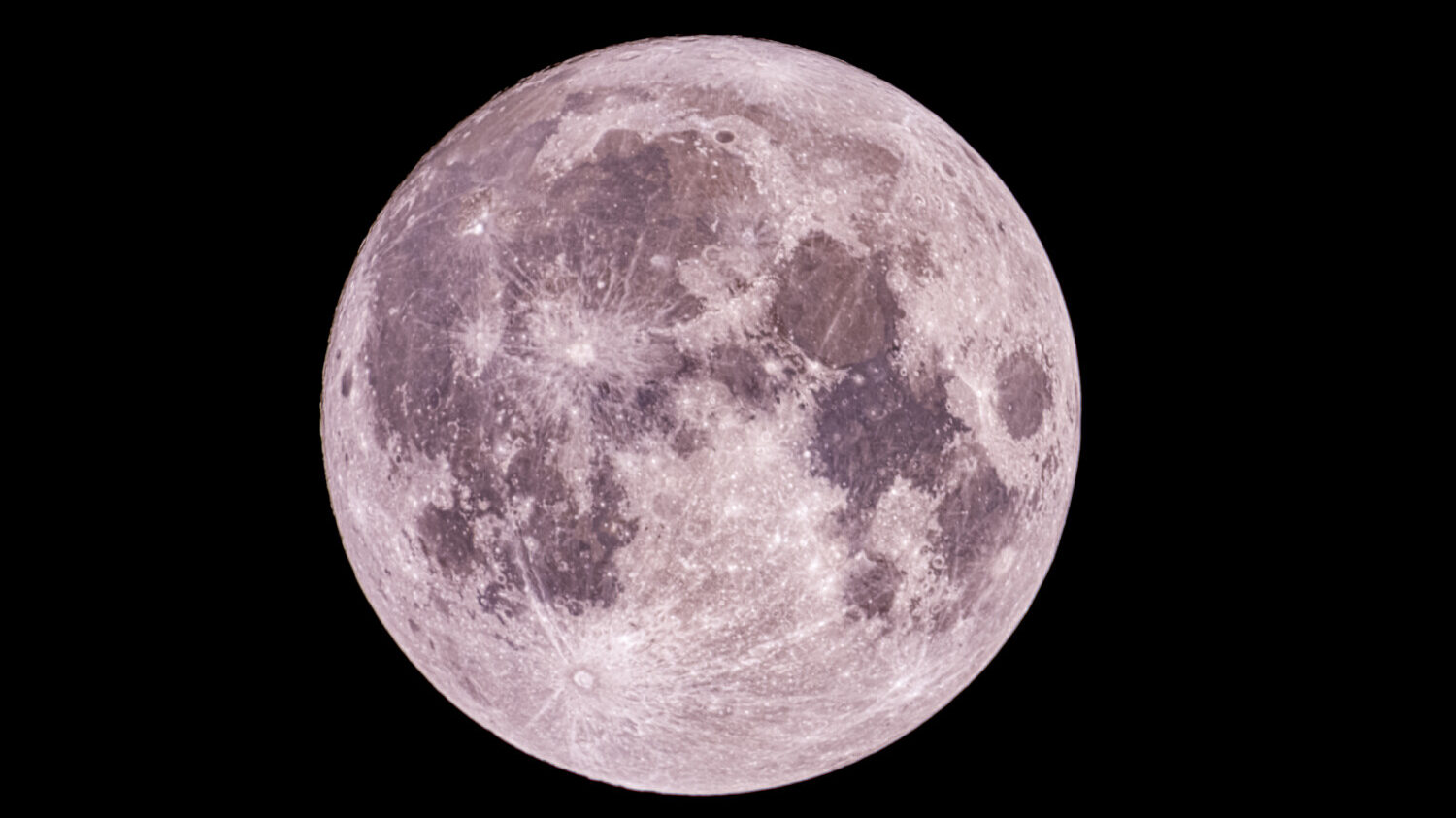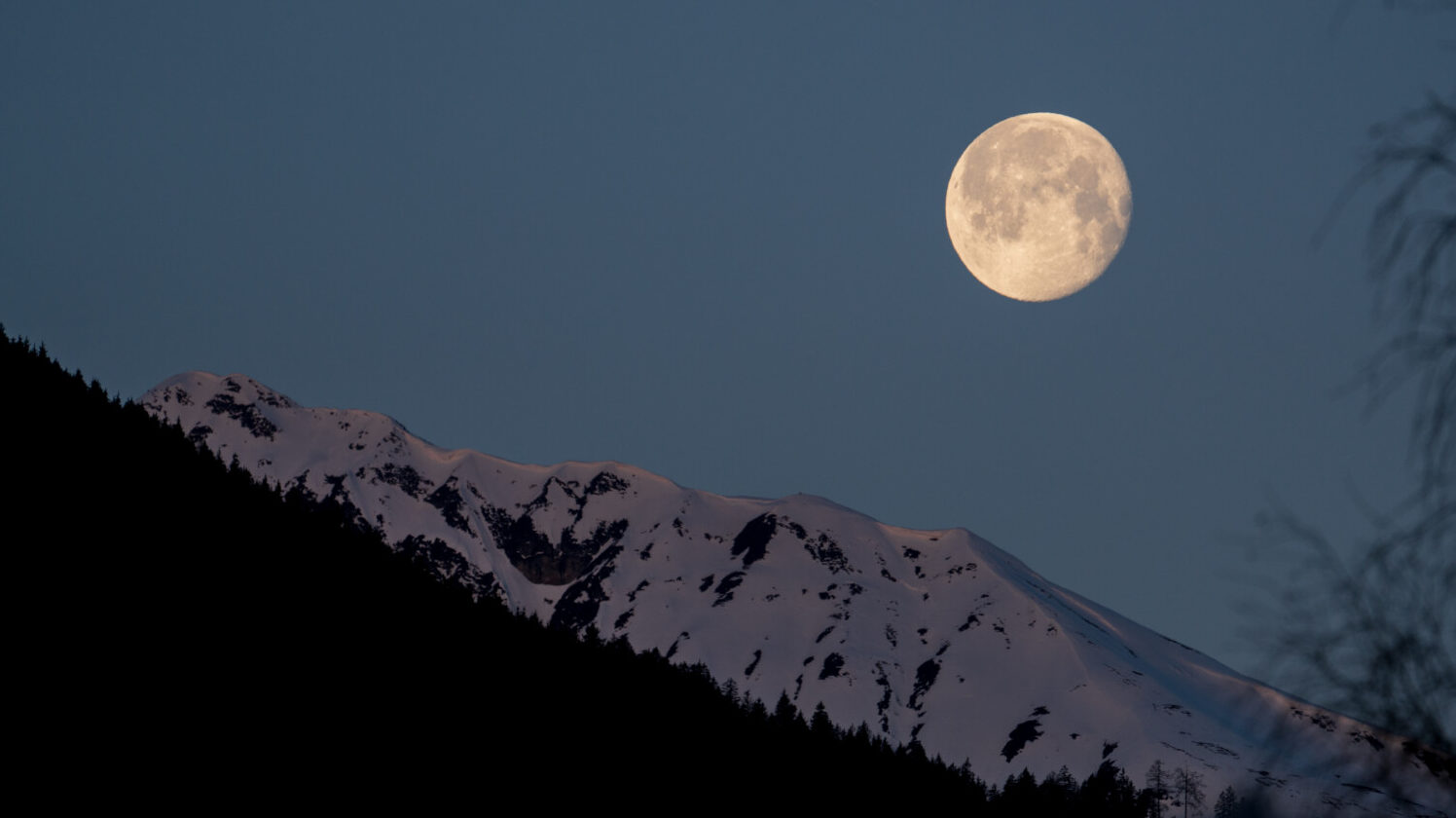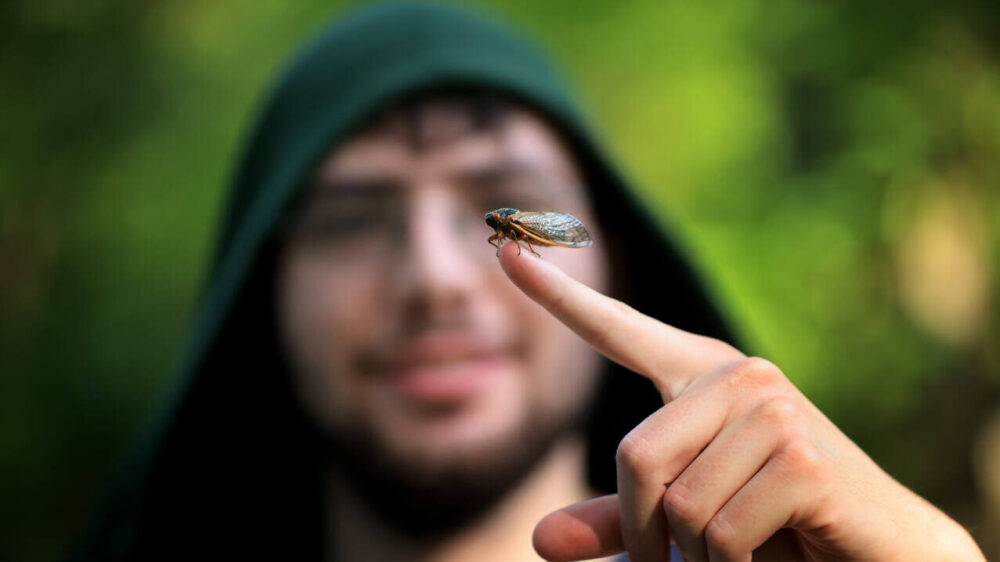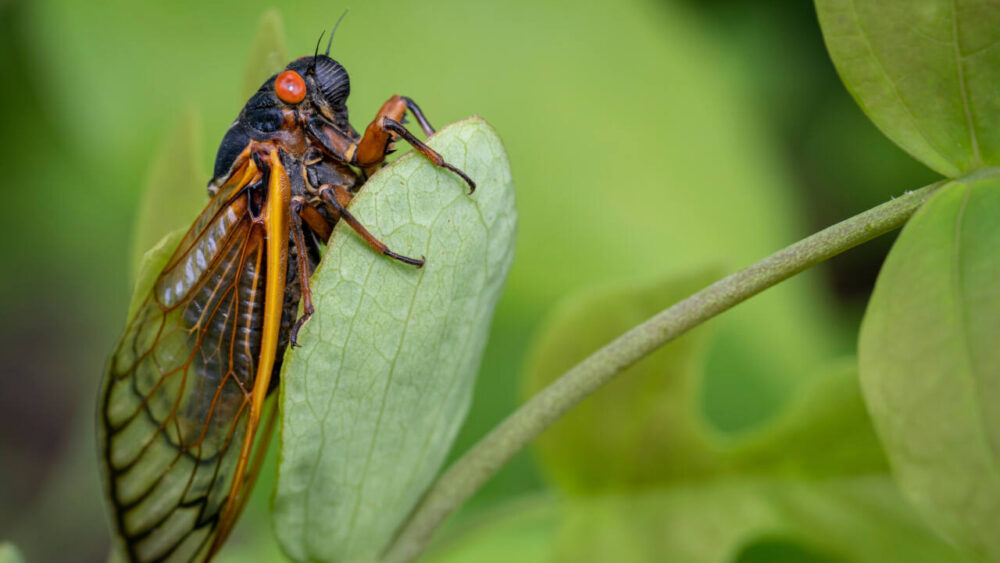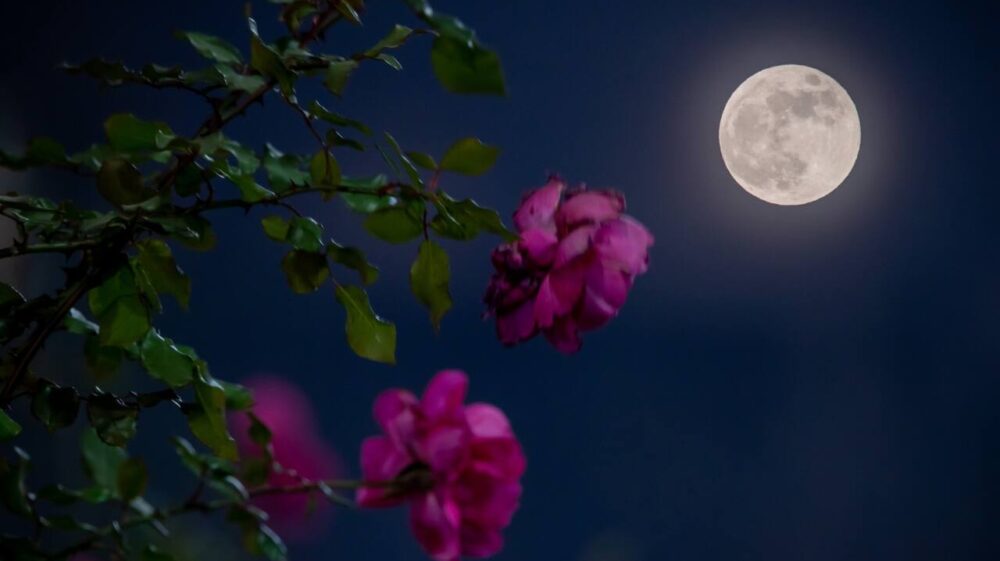August’s blue supermoon will be the closest of the year
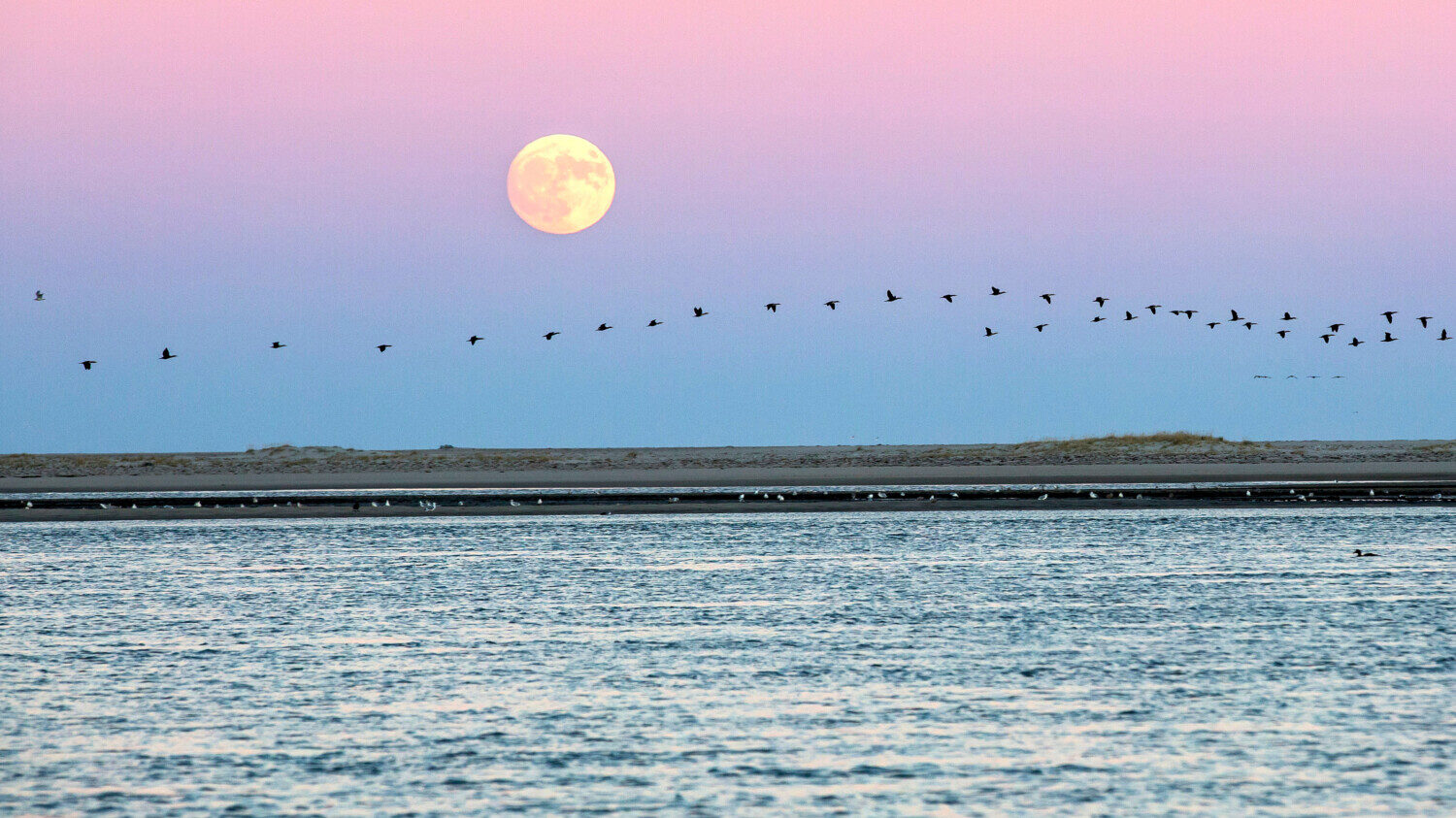
Everyone is in for a special treat in August, because two full moons will appear in the night sky before the month is through.
The first full moon on Aug. 1, 2023, is the sturgeon moon, and the second full moon on Aug. 30, 2023, is the blue moon. To make this rare event even more spectacular, both full moons are supermoons, and the blue moon is the closest supermoon of the year.
Here’s when you can see the full moons, what makes these two full moons special, how they got their names and why this month’s full moons are so rare.
When Are the Two Full Moons in August?
The first full moon of the month officially appears on Aug. 1 at 2:32 p.m. ET. Watchers won’t be able to see the moon in the middle of the afternoon, but at sunset, the sturgeon moon will rise over the horizon, giving watchers a good view of the full moon in the southeast.
If you miss the full moon at the start of the month, it will still appear full the next night, on Aug. 2.
The second full moon in August, called the blue moon, arrives 29 days later on Aug. 30 at 9:36 p.m. ET, also in the southeast. The blue moon will still appear full on the nights of Aug. 29 and 31, too.
The two full moons in August should be even more spectacular than usual, because they’re both supermoons.
MORE: The best telescopes for home use, according to star-gazing experts
MORE: The universe is much older than we thought, new research suggests
Both August Full Moons Are Supermoons
A supermoon occurs when the moon is at the closest point in its orbit to Earth, and this year, there are four supermoons in a row.
The August full moons are the second and third supermoons in 2023, and they’re also the closest. The sturgeon moon on Aug. 1 will be 223,455 miles from Earth, and the blue moon on Aug. 30 will be the closest of the year when the moon is 222,043 miles from Earth.
The next time a supermoon will be closer than this year’s blue moon will be on Nov. 5, 2025, when the moon will be 221,817 miles from Earth.
During a supermoon event, the moon appears slightly larger and a little brighter than a typical full moon, but the differences are indistinguishable to the naked eye without a side-by-side comparison.
MORE: See the Webb telescope’s stunning new look at a distant neighbor
Why Are They Called the Sturgeon Moon and Blue Moon?
The sturgeon moon and blue moon have different names for different reasons. Full moon names are traditionally derived from Native American and Colonial American sources, and the names typically relate to the time of year when they occur.
August’s sturgeon moon got its name because giant sturgeon fish in the Great Lakes and Lake Champlain were easily caught during this time of the year. Other names for the sturgeon moon include corn moon, harvest moon and black cherries moon, all of which relate to the time of year when certain crops ripen or get harvested.
The name for the blue moon has nothing to do with the time of year or the moon’s color. Instead, it has everything to do with the appearance of a second full moon in a single month.
A typical month has one full moon. On rare occasions, a second full moon occurs, and this second full moon is always called a blue moon.
Are Two Full Moons in a Month Rare?
A moon’s complete cycle — from one full moon to the next — takes about 29 days. This means we see an average of one full moon every month or 12 full moons a year.
Because our months are 30 and 31 days long, every two and a half years we see 13 full moons in a year, which means we’ll get a second full moon in a single month. This extra full moon is always called the blue moon.
Watch this video for a deeper explanation of the blue moon and how it got its name.
The next seasonal blue moon after this one, in which you’ll see the third full moon in a season, is slated to appear on Aug. 30, 2024. The next monthly blue moon will occur on May 31, 2026.
August’s full moons are an exceptional sight because of the rare occurrence of two full moons in a single month. Both also happen to be the two closest supermoons of the year.
Follow meteorologist Jason Meyers on Twitter or watch one of his entertaining and educational YouTube videos.


